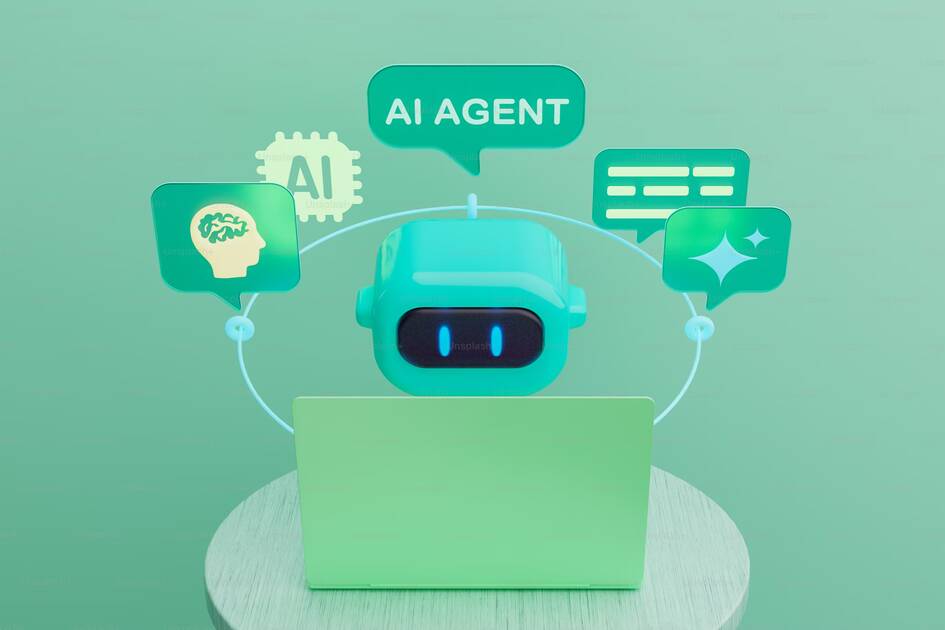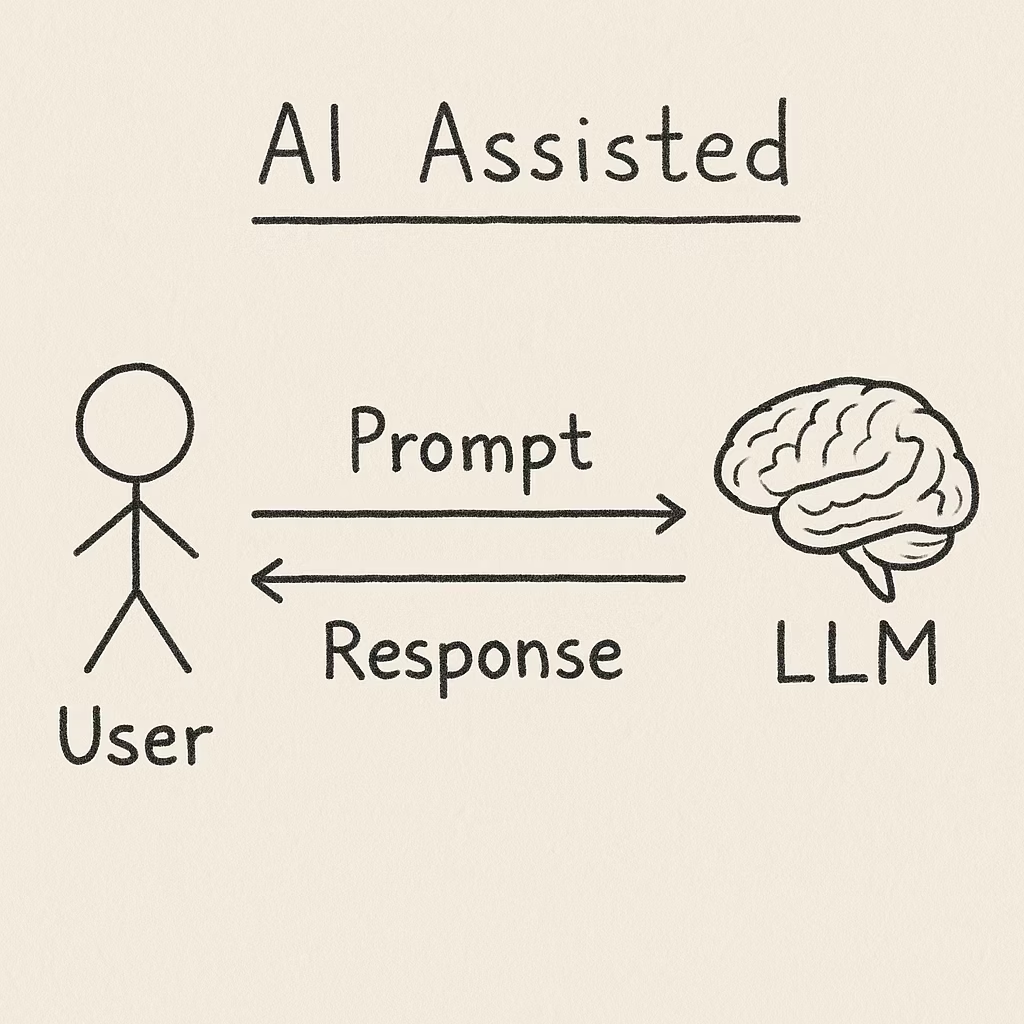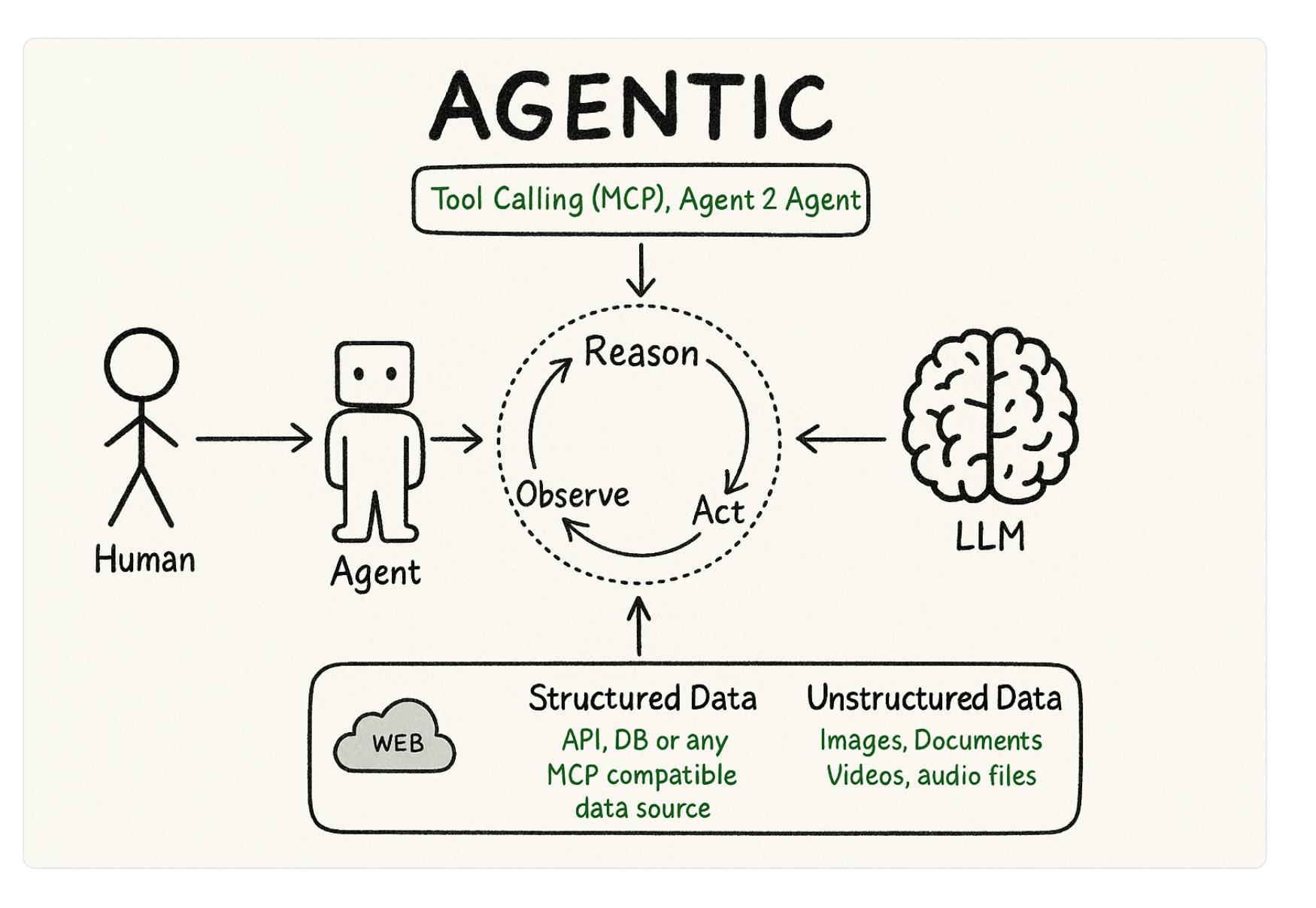
From AI-Assisted to Agentic AI: What's the Real Difference?
We’ve all had moments where AI made life a little easier. It drafted an email when we were short on time, summarized that long article we didn’t want to slog through, or queued up the perfect playlist when we couldn’t decide. That’s AI-assisted technology—helpful, efficient, and always waiting for our command.
But there’s a shift happening. A new phrase is creeping into the conversation: Agentic AI. At first, it sounds like marketing spin, but it points to something more fundamental. The difference between assistive and agentic AI isn’t just about smarter tools—it’s about whether the AI waits for you, or acts on its own.
What Do We Mean by "Agency?"
Before we go further, let's clarify what "agency" means. In simple terms, agency is the capacity to act independently and make choices. When we say an AI has agency, it can operate without direct, step-by-step human commands. It's the difference between a tool you control and an entity that manages itself.
Consider the difference between a spellchecker and a self-driving car. A spellchecker suggests corrections, but you decide whether to accept them. A self-driving car makes thousands of small decisions—when to brake, turn, or accelerate—to get you to your destination. The spellchecker assists; the car acts. That's agency in action.
This single idea separates the AI we've grown used to from what's coming next.
The AI We Already Know: Assistance on Tap
Think of assistive AI as a copilot. You tell it what to do—translate this, draft that, recommend something—and it follows through. It’s reactive, which makes it safe and predictable.

The control stays firmly in your hands. The AI isn’t making its own plans; it’s just helping you execute yours.
The Shift: When AI Stops Waiting
But what happens when AI doesn't just respond to prompts, but decides what to do next?
That’s where agentic AI comes in. Instead of sitting back, it:
- Sets its own sub-goals,
- Breaks down complex tasks into steps,
- Adjusts as new information comes in,
- And acts with less oversight than you might expect.

In other words, it moves from being a passenger to being more of a driver.
The Side-by-Side
Here's a concrete example to see the difference in action.
Consider a common request: "Book a 7pm Italian dinner for 4 near me under $1000." Here's how each approach would handle it:
| Action | AI-Assisted Experience | Agentic Experience |
|---|---|---|
| Discovery | User gets a list of 5 options with ratings and distance. | Agent filters by distance, price, availability; shortlists 2 that fit constraints. |
| Decision | System summarizes pros/cons; user chooses preference. | Agent picks best fit using preferences; may ask 1 clarifier if ambiguous. |
| Action | User clicks to book on OpenTable, Google Maps, or Yelp. | Agent books the table via reservation API/integration autonomously. |
| Coordination | User hails a ride and adds event to calendar manually. | Agent adds to calendar, arranges ride via Uber, shares booking with group. |
| Error Handling | If slot is taken, user tries again manually. | If 7pm unavailable, agent auto-retries alternatives (6:45/7:15) within constraints. |
| Memory | Limited to current chat session; no recall of past preferences. | Remembers past preferences (quiet seating, dietary needs) and reuses them. |
| Verification | User manually reviews all confirmations. | Agent confirms reservation ID, venue address, travel time; sends summary. |
| User Effort | Requires multiple micro-decisions and clicks throughout the process. | One goal statement, minimal follow-ups; the agent handles the complexity. |
| Control | Full user control; low risk of unintended actions. | Higher autonomy; requires permissions, guardrails, and audit logs for safety. |
Why This Matters
This shift represents something we've never had before: AI that can handle entire workflows end-to-end, with the accuracy, speed, and cost-effectiveness that makes it practically viable for everyday use.
Think about what this means for you personally. Instead of spending 45 minutes researching, comparing, booking, and coordinating that dinner reservation, you get those 45 minutes back. Multiply that across dozens of similar tasks each week—travel planning, appointment scheduling, research projects, routine communications—and you're looking at hours of reclaimed time to focus on what you actually enjoy or what creates real value.
For organizations, the math is even more compelling. Teams can accomplish significantly more with the same resources by having AI agents handle routine workflows while humans focus on strategy, creativity, and relationship-building. This opens up opportunities to serve more customers, tackle bigger challenges, or explore new markets that were previously out of reach.
What makes this moment different is the convergence of three factors that weren't aligned before: AI systems are finally accurate enough to trust with important tasks, fast enough to handle real-time decisions, and affordable enough to deploy at scale. The combination wasn't possible even two years ago.
The question isn't whether this technology will reshape how we work and live—it's how quickly we'll adapt to make the most of it.
Closing Thought
AI-assisted systems help us go faster. Agentic AI changes the role entirely by working with us—and sometimes for us.
The future isn't just about whether AI gets "better." It's about how much agency we decide to hand over.

Software Engineer with more than a decade of experience in using technology to solve real-world problems and create value.


